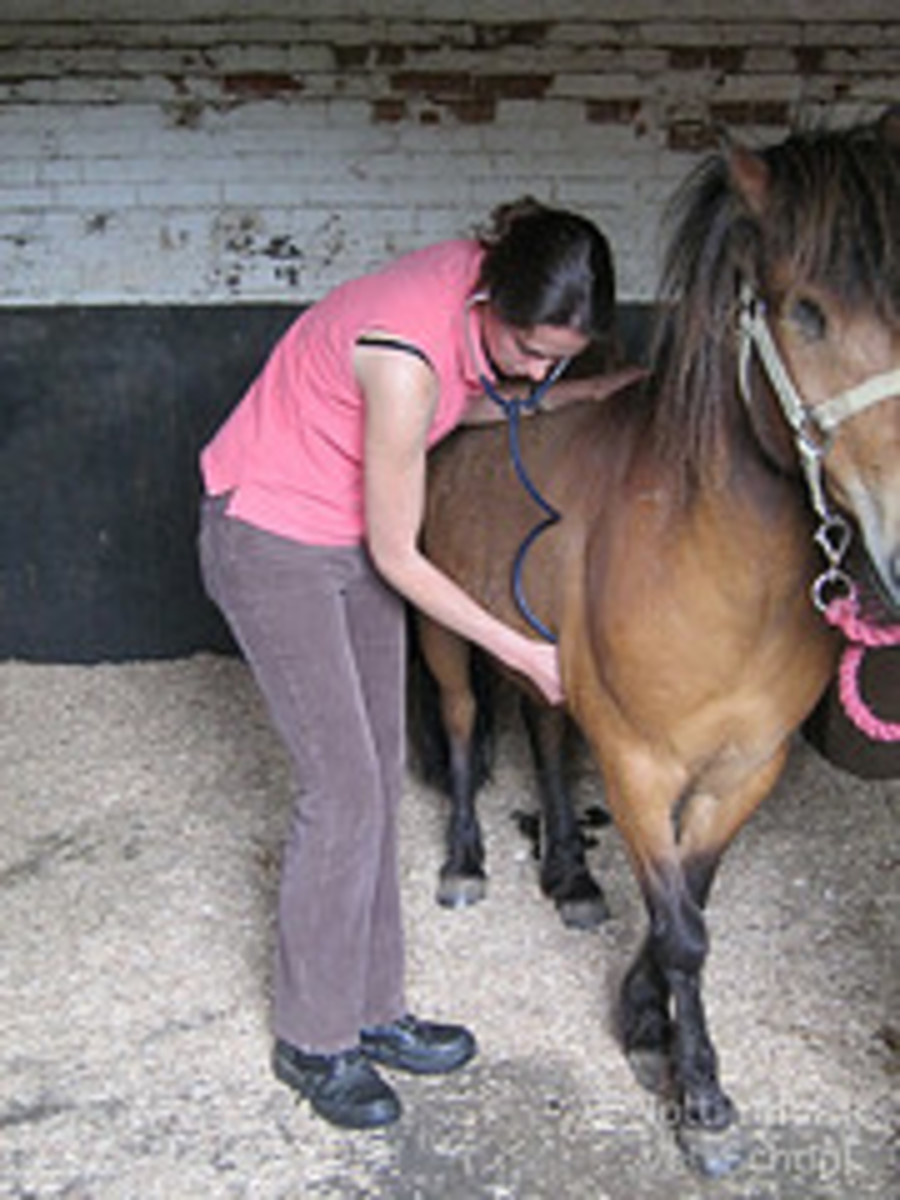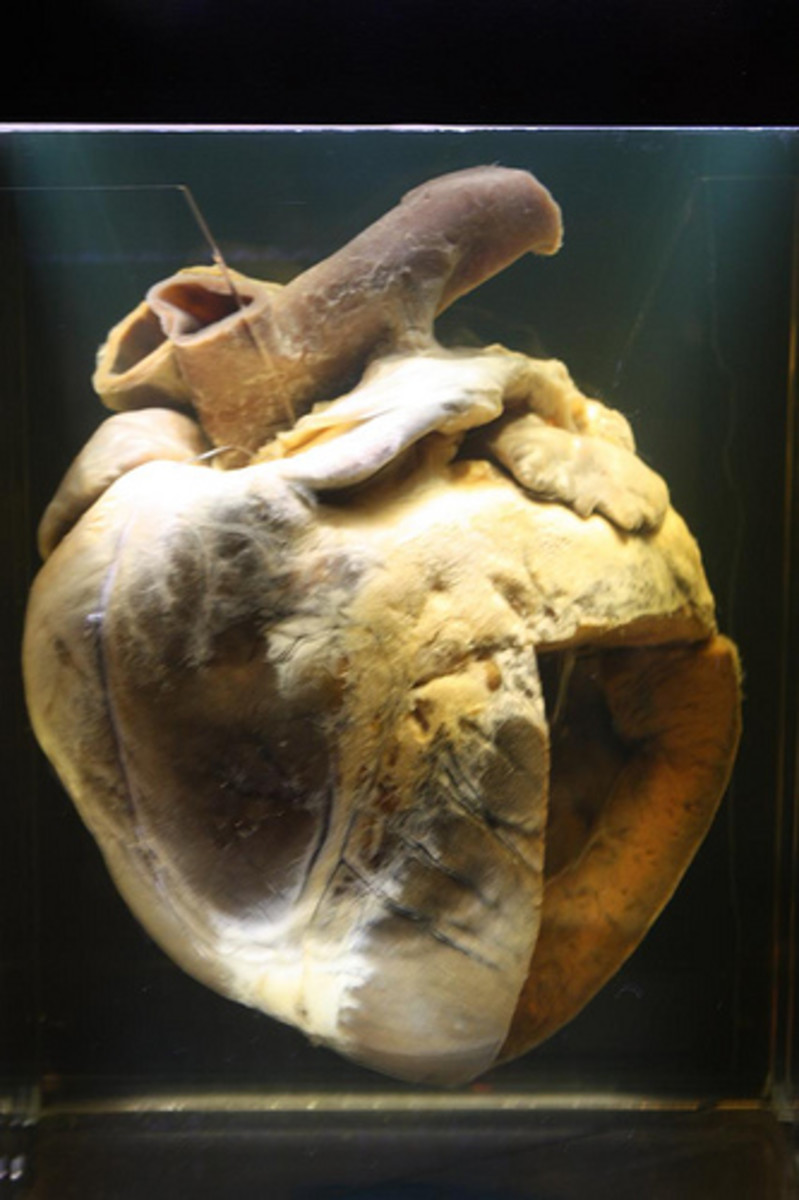The Heart of the Matter: The University of Guelph’s Dr. Peter Physick-Sheard’s Mini-Lectures on the Horse Heart
- March 10, 2017
- ⎯ Fran Jurga
Horses have huge hearts. The body organ most associated with positive emotions is massively developed in the horse. It has a big job to do to pump a huge quantity of blood through the body when the horse is in motion, and it also has a tremendous variation in its rate.
Nevertheless, equine research is a little bit late to the party in its exploration of the horse’s heart and how it performs the miraculous duties it does. New technology, as well as interest from the field, is driving new accomplishments in understanding how the horse heart works. This week The Jurga Report looks at several research projects around the world where the horse’s heart is literally under the microscope.

What does this mean to your horse? It could mean a lot, especially if your horse is a competitor in sports like racing or eventing. It could also help you understand what’s happening to your horse when anesthesia is used. But most of all, this is part of the ongoing drive of equine research to completely understand the horse and make life safer and healthier for both horse and rider.
We begin our journey to the heart of the matter at the University of Guelph in Ontario, Canada, where Peter Physick-Sheard, BVSc, MSc, DipVetSurg, FRCVS, provides a series of mini-lectures. He works in the Department of Population Science of the Ontario Veterinary College at Guelph.
We have two videos–one short and one long–from the series posted here and hope this information forms a good basis for you to understand more about your horse’s heart. Here’s the introduction:
[VIDEOSINGLE type=”youtube” keyid=”BQSdkSsbmE8″, width=”560″, height=”344″]
And here’s a ten-minute mini-lecture on heart problems in horses:
[VIDEOSINGLE type=”youtube” keyid=”fXI3Q0pMl34″, width=”560″, height=”344″]
Full playlist of all equine cardiology videos from the University of Guelph
Jackie Bellamy of the University of Guelph explains more about the how and why of equine cardiac research at her university:
Normal heart rhythm and sounds in a horse are difficult to define because of the fascinating array of strange sounds and rhythms which can be found in apparently healthy animals and which change with exercise. Also, even when sounds or rhythms do reflect heart problems, most horse owners will not notice signs, until there is an inability to perform work at a level previously achieved successfully, when the horse shows an unusual tendency to tire.

Owners of performance horses understand the economic impact of a horse that can no longer work, or in the worst-case scenario, where sudden loss becomes a serious issue. One aspect of research Dr. Physick-Sheard and Dr. Kim McGurrin look at is atrial fibrillation, the most common clinically significant rhythm disturbance horses can have. An arrhythmia is technically defined as an abnormal heart rhythm, however, irregular heart rhythm is commonplace in horses and the endeavor to define normal, continues to be a complex and fascinating journey. A completely steady rhythm can be considered abnormal.
Before a diagnosis of heart problems can be made, Dr. Physick-Sheard explains, a logical process where the client is asked the history of the horse (breed, use, how long it has been in training) is followed before conducting a general physical examination. Future use would also be discussed before deciding on diagnostics. An electrocardiogram may be the next step to determine the heart’s rhythm and possibly an ultrasound to look at how efficiently the muscle and valves work. They look for enlargement or abnormal structure in the heart and check for normal blood flow around the valves.
Dr. Physick-Sheard describes two types of rhythm disturbance that can be found: 1. Benign variations on normal (mostly involving the top part of the heart). 2. Ventricular rhythm disturbances, which can be serious and even life threatening. When found, they look first for problems outside the heart, disturbances in homoeostasis, which involves keeping the environment around cells constant: dehydration, electrolyte and acid base imbalance. Under these circumstances secondary arrhythmias are often detected. Situations where the cardiac problem is primary are rare but sometimes serious.
McGurrin and Physick-Sheard have had enormous success treating arrhythmia with transvenous electrical cardioversion. The response rate has been 100%! Electrodes are placed into the heart to deliver an electric shock, while the horse is under anesthesia, to convert the rhythm to normal.
Dr. McGurrin and Dr. Physick-Sheard developed this technique before their first Standardbred track study, where they collected heart rhythm data during racing using an electrocardiogram. Dr. Physick-Sheard explains how the technology works,?”The heart is a bag of muscle, a slave pump which does what the system tells it, contracting at a rate that reflects the body’s needs. The heart gives off an electrical signal when it contracts which reaches the skin and can be detected by the electrocardiogram (ECG). This is then used to monitor heart rhythm.”
Dr. Physick-Sheard has developed specialized equipment and software for the current intensive Thoroughbred study which he is hoping will give more insights into causes of sudden death.
Funding for the research has been provided by Equine Guelph, Grayson Jockey Club Foundation and OMAFRA.
Thanks to the University of Guelph for providing this background information. Photo of Phar Lap’s heart by Mountain/\Ash; photo of heart exam on horse by Nottingham Vet School on Flickr.com.





